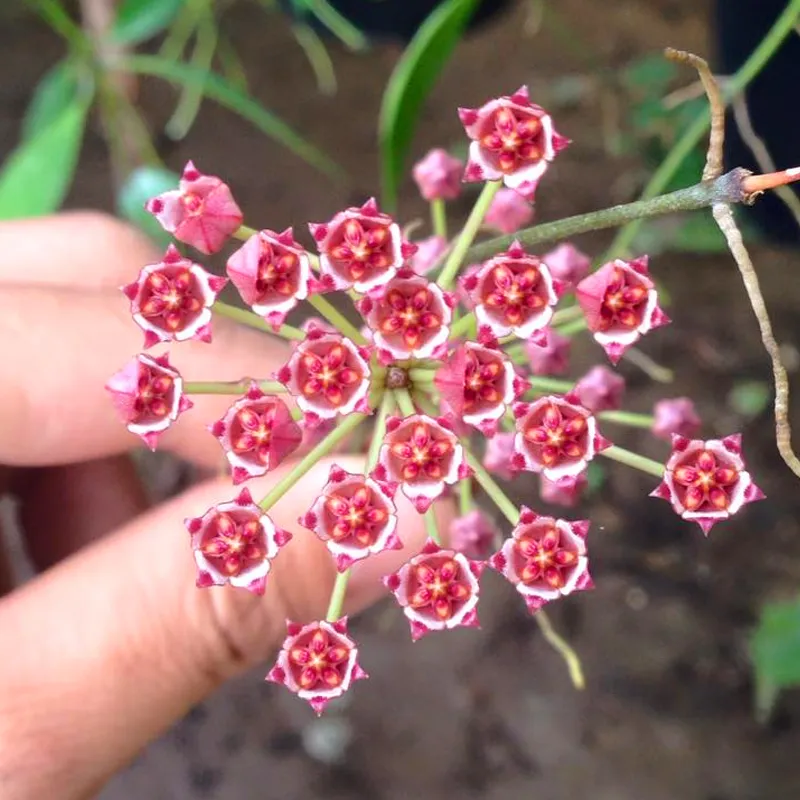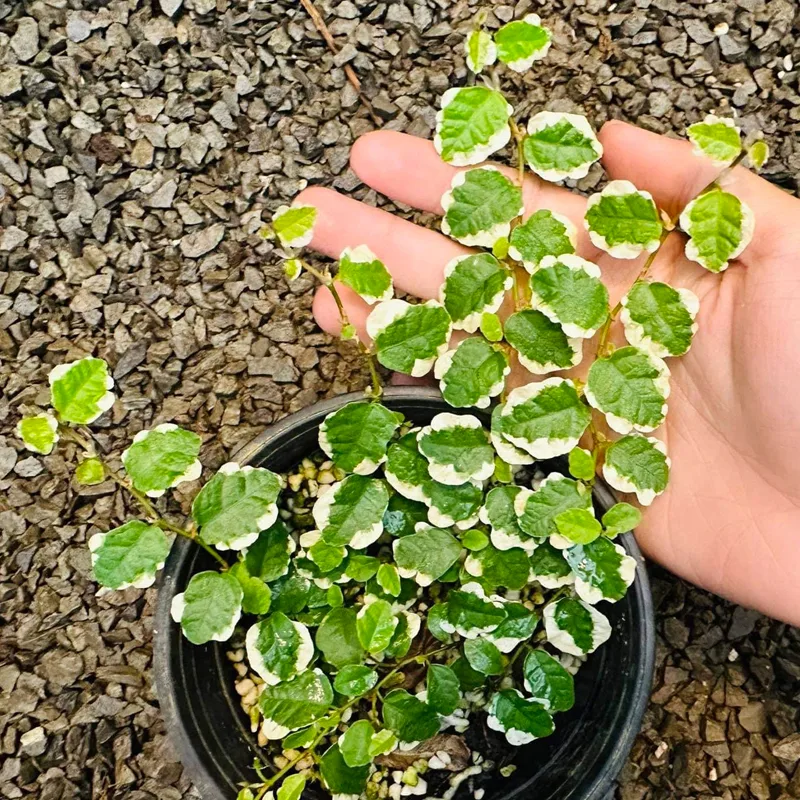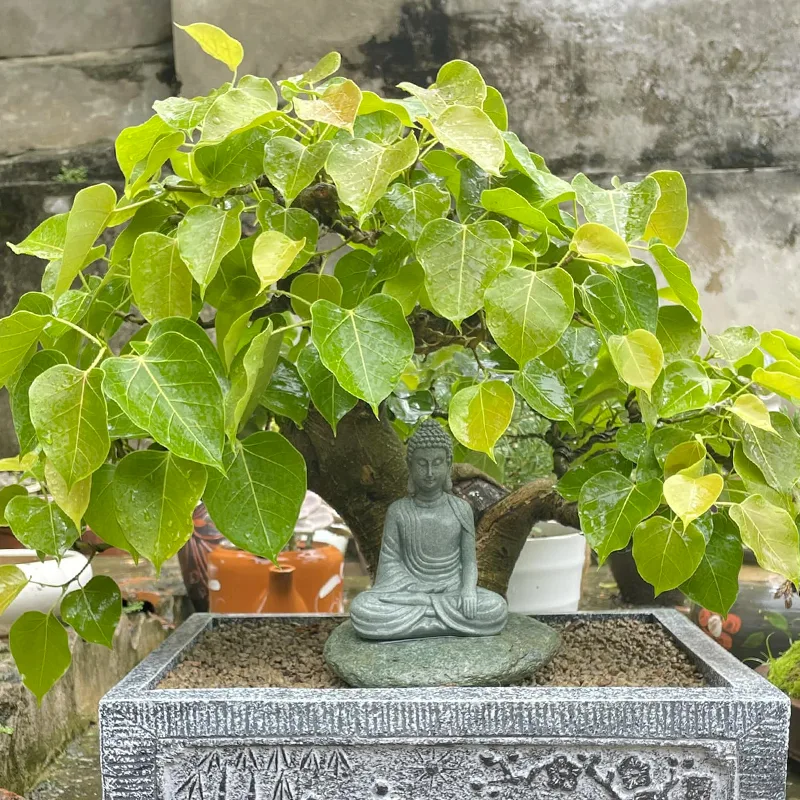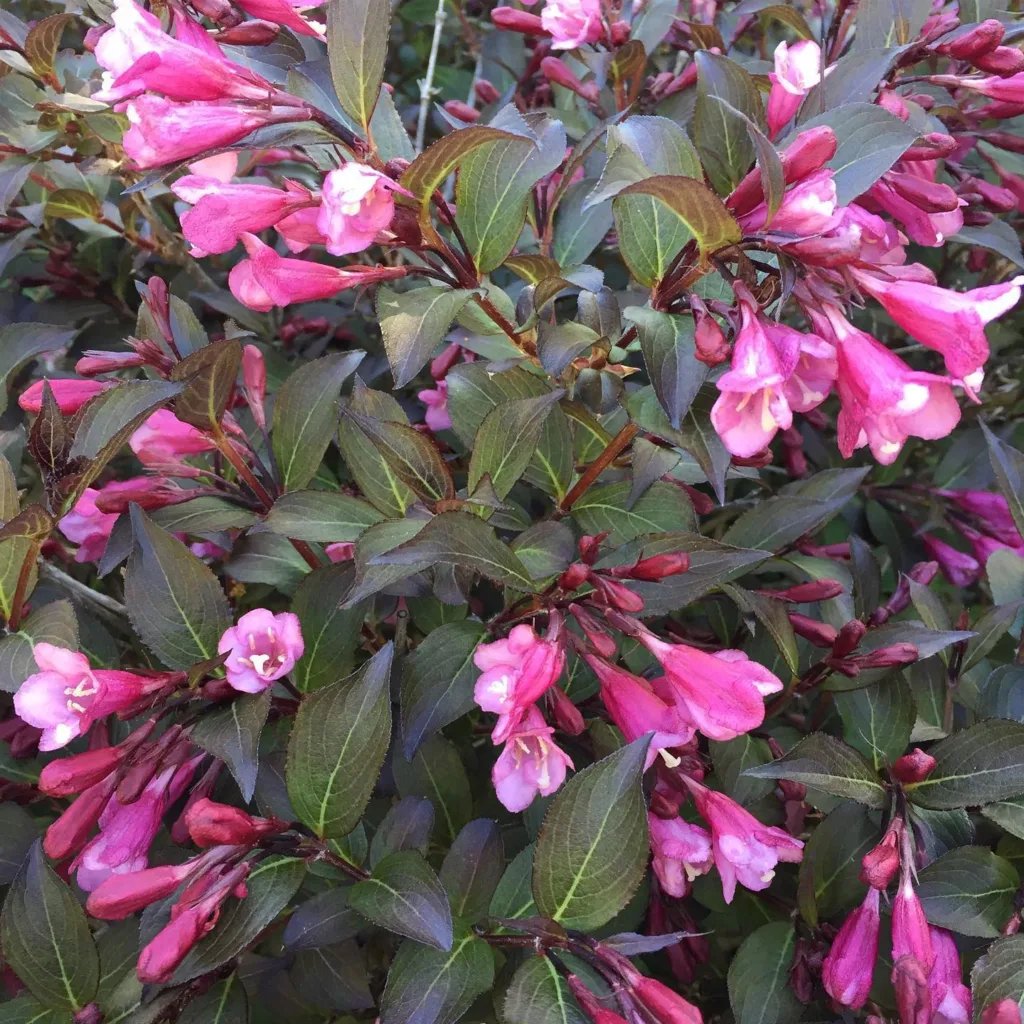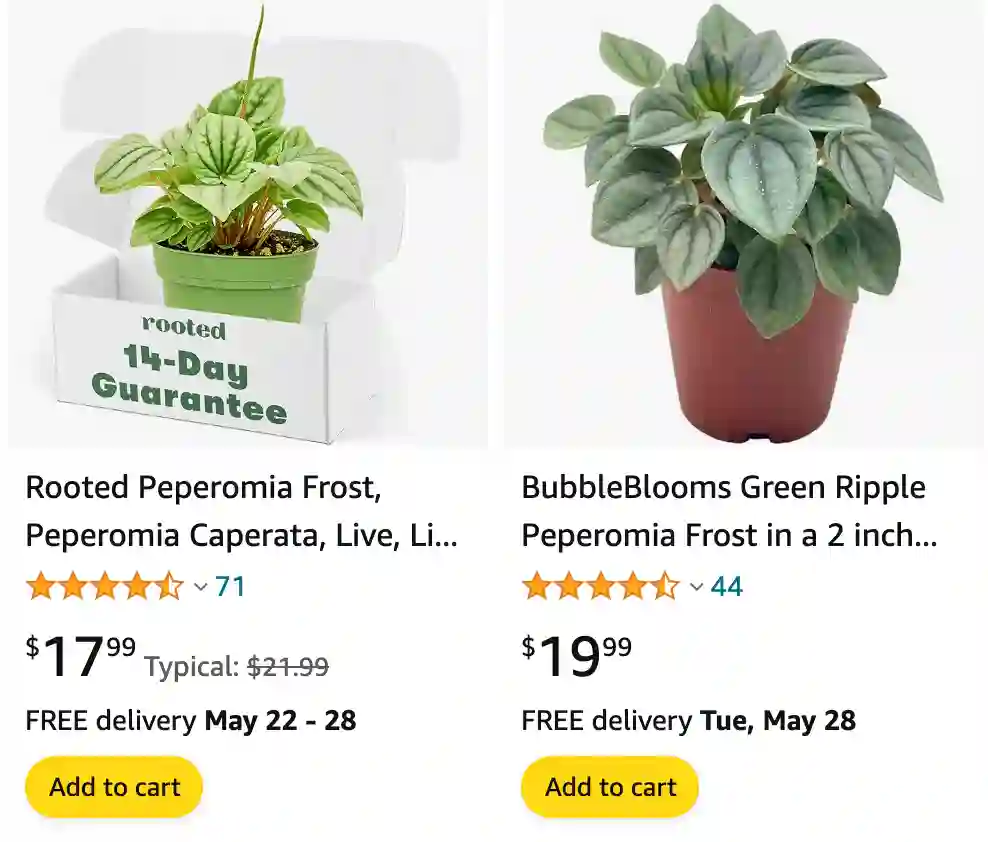
1424 Species in Genus Peperomia
How to care for Peperomia frost?
Here’s a guide on how to care for your Peperomia Frost, a popular houseplant known for its silvery-green, textured leaves:
Light:
- Bright, Indirect Light: Peperomia Frost prefers bright, indirect sunlight. Avoid harsh direct sun, which can scorch the leaves. A spot near an east-facing window with sheer curtains or filtered light is ideal. It can tolerate lower light conditions, but growth may slow down.
Watering:
- Water When Almost Dry: Peperomia Frost is a succulent-like plant and prefers to dry out slightly between waterings. Overwatering is a major cause of root rot. Here’s a good approach:
- Check the soil moisture regularly. Stick your finger into the top inch of soil. If it feels dry to the touch, it’s time to water.
- Water thoroughly when watering, allowing excess water to drain freely from the drainage holes. Avoid leaving the plant sitting in water.
Humidity:
- Moderate Humidity is Okay: Peperomia Frost can tolerate average household humidity levels. However, it will appreciate increased humidity, especially if the air is dry. Here are some ways to boost humidity:
- Use a pebble tray filled with water placed under the pot (ensure the pot sits above the water level).
- Group plants together to create a humid microclimate.
- Run a humidifier near your plant occasionally.
- Mist the leaves occasionally with filtered or distilled water (avoid excessive misting which can encourage fungal diseases).
Temperature:
- Warm Temperatures Preferred: Aim for a warm temperature range between 65°F and 75°F (18°C and 24°C). Protect your Peperomia Frost from cold drafts and sudden temperature fluctuations.
Soil:
- Well-Draining Mix: Use a well-draining potting mix that allows for good aeration. Here are two options:
- Cactus/Succulent Mix: A commercially available cactus or succulent mix is a great choice for Peperomia Frost.
- DIY Mix: Create your own well-draining mix using equal parts potting soil, perlite, and sand.
Fertilizing (Optional):
- Light Feeding: Peperomia Frost is not a heavy feeder. You can fertilize it monthly during spring and summer with a diluted balanced fertilizer or a fertilizer specifically formulated for succulents. However, fertilizing is not essential for healthy growth.
Additional Tips:
- Wipe the leaves occasionally with a damp cloth to remove dust and improve light absorption.
- Repot only when the roots outgrow the current container. Choose a pot with drainage holes slightly larger than the root ball.
- Peperomia Frost is sensitive to chemicals in tap water. Use filtered or rainwater whenever possible.
- Brown leaf tips can be a sign of underwatering, overwatering, or mineral build-up from tap water.
How to propagate Peperomia frost?
When I propagate my Peperomia frost, I usually use stem cuttings. I cut a healthy stem just below a node and let it callous over for a day or so. Then, I plant it in a small pot with moist, well-draining soil, keeping it in a warm spot with indirect light. I’ve found that keeping a plastic bag over the pot helps maintain humidity and encourages root growth.
Why is my Peperomia frost drooping?
I’ve noticed my Peperomia frost drooping when it’s either overwatered or underwatered. When the soil stays too wet, the roots can suffer, leading to droopy leaves. On the flip side, if I let the soil dry out completely for too long, it also droops. I’ve learned to keep a balance and check the soil regularly to keep my plant happy.
Do Peperomia frost flower?
Yes, my Peperomia frost does flower, but the flowers are quite small and not particularly showy. They come out as slender spikes with tiny, pale blooms. I usually don’t focus on the flowers much since the foliage is the real star of the plant for me.
How often to water Peperomia frost?
I water my Peperomia frost about once a week during the growing season, but I always check the soil moisture first. In the winter, I cut back to once every two weeks because the plant doesn’t use as much water when it’s not actively growing. I’ve learned that it’s better to underwater than overwater this plant.
Is Peperomia frost rare?
I wouldn’t say my Peperomia frost is rare, but it’s definitely a bit more unique compared to other common houseplants. I was lucky to find mine at a local nursery, but I have seen them occasionally online and at specialty plant shops.
Is Peperomia frost toxic to cats?
Thankfully, Peperomia frost is not toxic to cats. I have a couple of feline friends at home, and it’s a relief to know that this plant is safe for them to be around. I always double-check for toxicity before bringing any new plants home.
Peperomia Frost vs Watermelon
Peperomia Frost and Peperomia Watermelon are distinct entities. The primary contrast between these two botanicals lies in their foliage composition. Peperomia Frost showcases foliage that is denser and stands more upright, as depicted below. Conversely, the Watermelon Peperomia features leaves that are slender and gracefully cascade, creating a trailing appearance.
Peperomia Frost vs Moonlight
Peperomia Moonlight presents a captivating display of silver-green, rounded leaves, while Peperomia Frost offers a comparable yet subtly more frosted aesthetic. Both of these indoor plants flourish when placed in areas with abundant, indirect sunlight and share a preference for infrequent watering sessions.
Peperomia Frost vs Napoli Nights
I find Peperomia Frost’s silvery leaves mesmerizing and they brighten up any spot in my home, while the rich, dark foliage of Napoli Nights adds a touch of mystery and elegance to my plant collection.
If i die, water my plants!
